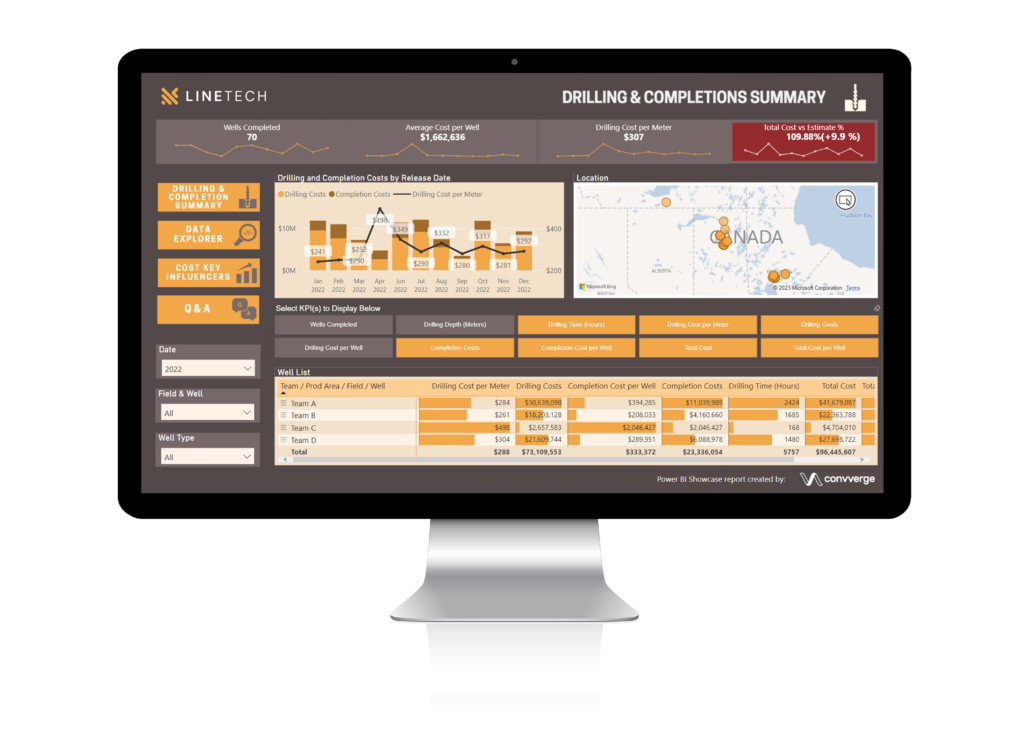Home / Blog / Insights / The Art of Data Modeling for SMBs: How Data Storytelling Fuels Business Growth

•
The Art of Data Modeling for SMBs: How Data Storytelling Fuels Business Growth
Data has become the lifeblood of modern businesses, but it’s not always easy to understand, especially for Small and Medium-sized Businesses (SMBs). Amidst the noise of Big Data and complex algorithms, the real meaning or insights often get lost. That’s where the concept of data storytelling comes in. By coupling data storytelling with effective data modeling, SMBs can leverage information more effectively to fuel their growth.
What is Data Storytelling?
Data storytelling is essentially the practice of creating a narrative based on complex data and analytics. It aims to tell a story that can influence and inform a specific audience. Whether it’s about market trends or customer behavior, data storytelling can translate complicated facts into an easy-to-digest format, thereby enabling quicker and more confident decision-making.
Why it Matters to SMBs
For SMBs, every decision can have significant ramifications. Data storytelling can provide valuable insights into how to streamline operations, better understand customers, and find untapped revenue streams. With a well-crafted data story, SMBs can address challenges more effectively and spot opportunities more easily.
Benefits of Data Storytelling
- Enhanced Value: Adds value to your raw data by translating it into actionable insights.
- Complex Made Simple: Clarifies complex information for better comprehension and decision-making.
- Human Element: Brings a human touch to cold, hard facts.
- Credibility: Builds your reputation as a thought leader in your industry.
- Inspires Action: Encourages the audience to take steps that benefit your business.
Data Modeling as the Backbone of Data Storytelling
Data modeling is a way to structure your data in a coherent and understandable manner. It defines how different pieces of information relate to each other and how they will be stored and accessed. For SMBs that are dealing with diverse data sources and types, data modeling is essential for ensuring that the narrative your data tells is both accurate and reliable.
Steps for Constructing a Data Story with Effective Data Modeling
- Define your Hypothesis: What question do you want to answer? What do you believe the data will reveal?
- Collect Data: Use consistent and reliable methods to gather the data you need.
- Data Modeling: This is where you structure your data. This step ensures that your story is supported by data that is both relevant and logically arranged.
- Craft the Narrative: Develop the overarching story you want to tell. Use your data as supporting pillars for your insights.
- Visualize the Data: Use charts, graphs, and other data visualization tools to enhance the narrative and make it more digestible.
- Revise and Review: Continually revisit your story, ensuring it aligns with the data and serves the intended purpose effectively.
- Present the Story: Use data dashboards for better visibility and real-time analytics.

See data storytelling in action with our interactive Power BI Showcase Report by clicking here.
Enhancing Data Storytelling with Visualization
Effective data visualization can do more than just illustrate points; it can offer insights that might not be immediately obvious from the raw data. By presenting the data visually, you can:
- Reveal patterns and trends
- Streamline the narrative
- Enhance engagement
The Importance of Data Dashboards
Data dashboards play a pivotal role in presenting a well-rounded data story. They not only visualize data but also allow for real-time analytics, providing a more dynamic and interactive form of storytelling.
Why Dashboards Matter for SMBs
- Visibility: Get a clear view of past and current trends in your business.
- Future Forecasting: Use data to more accurately predict future business trends.
- Performance Indicators: Identify KPIs easily.
Conclusion
Data storytelling is more than a buzzword; it’s a powerful strategy that can drive significant business results. For SMBs that are grappling with data complexities, effective data modeling and visualization can be the game-changers that set you apart from the competition. With platforms like Microsoft Power BI, crafting compelling, actionable data stories has never been easier.
Data has a story to tell. Is your business listening?


